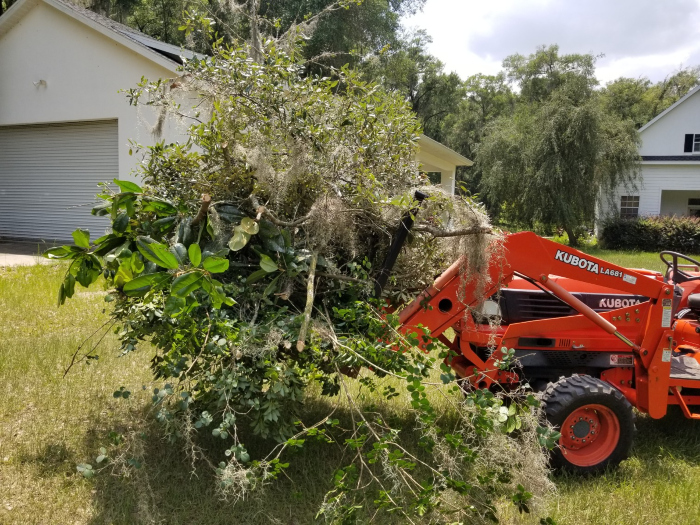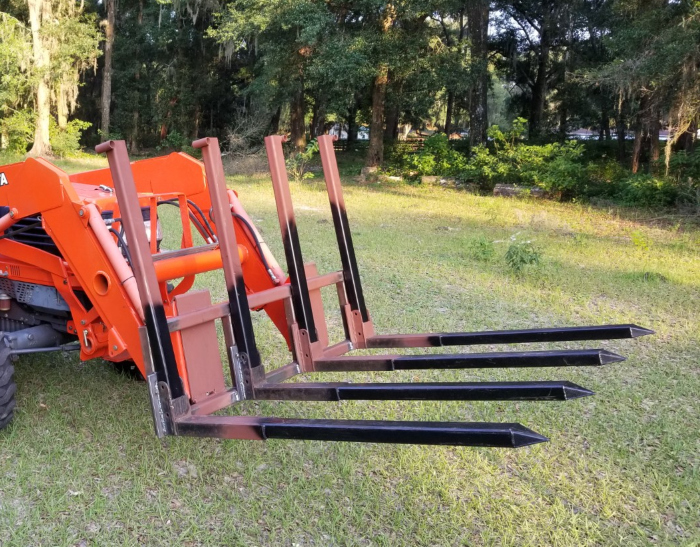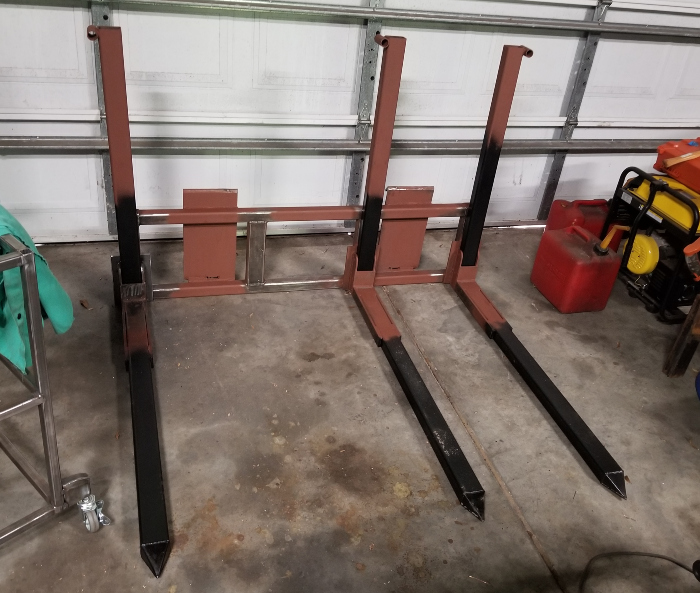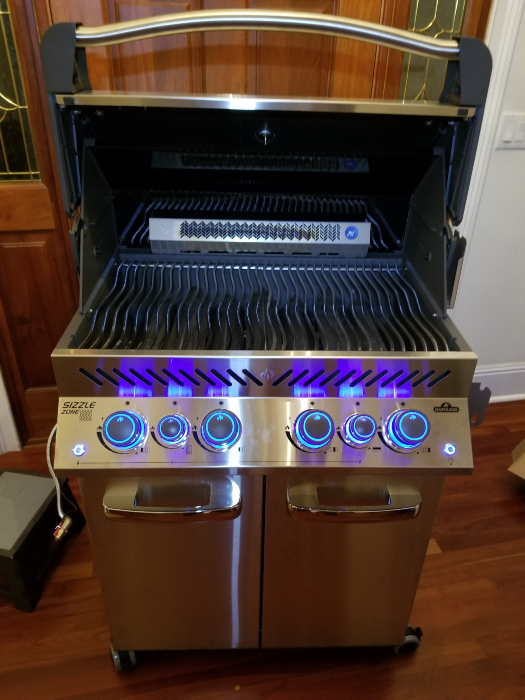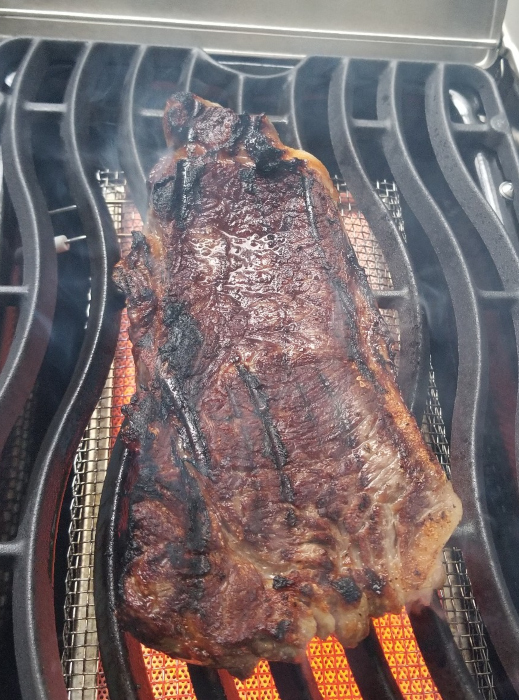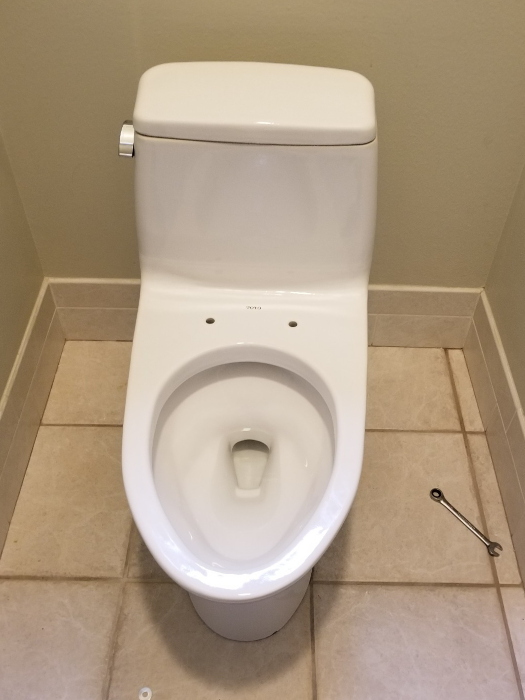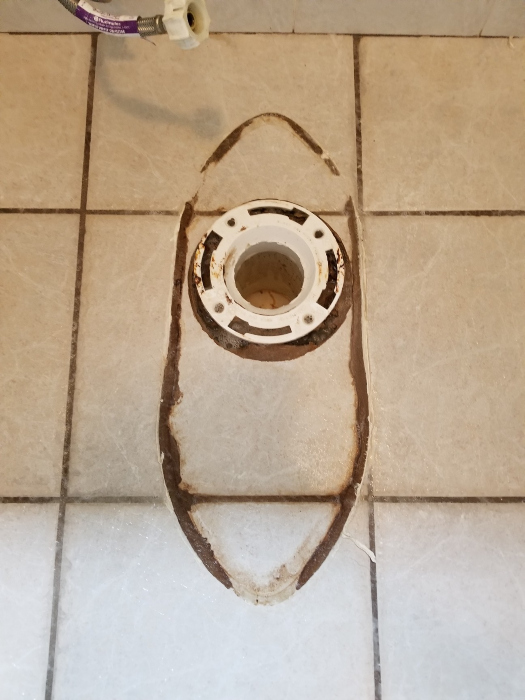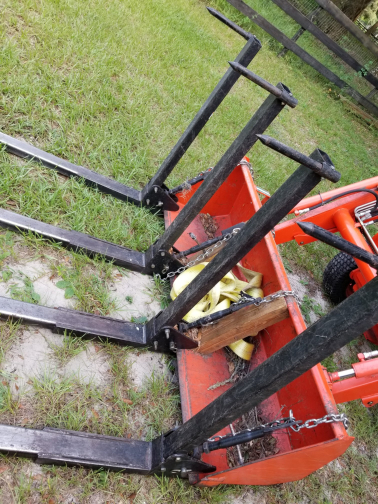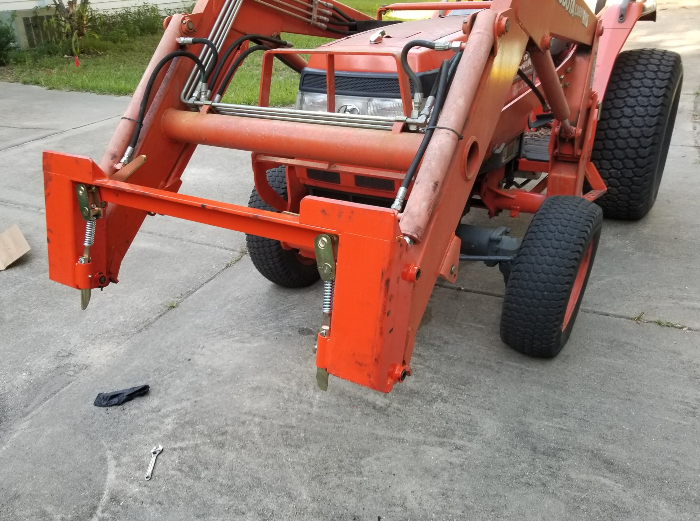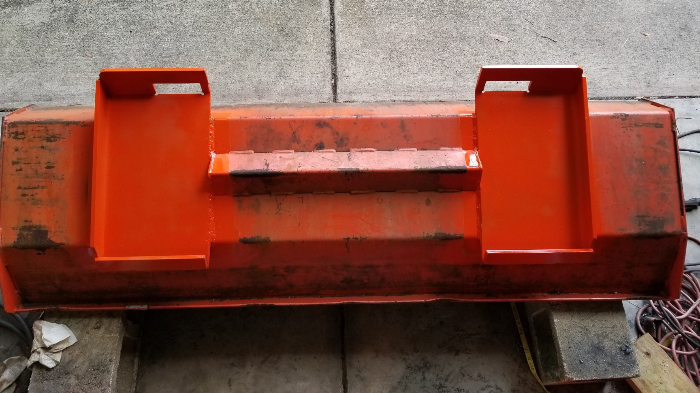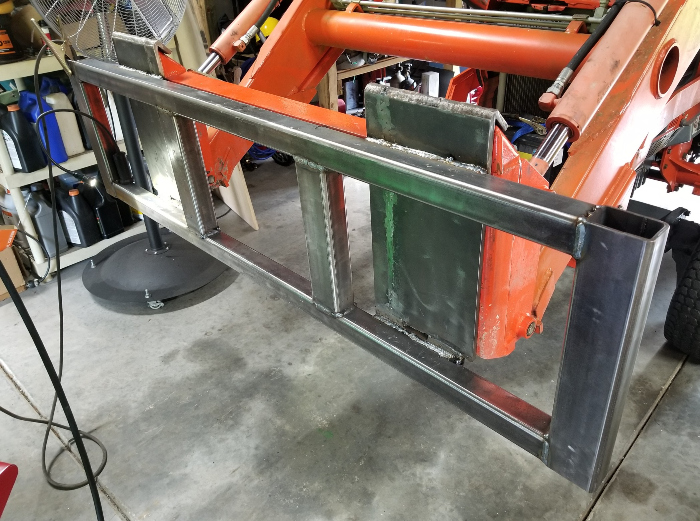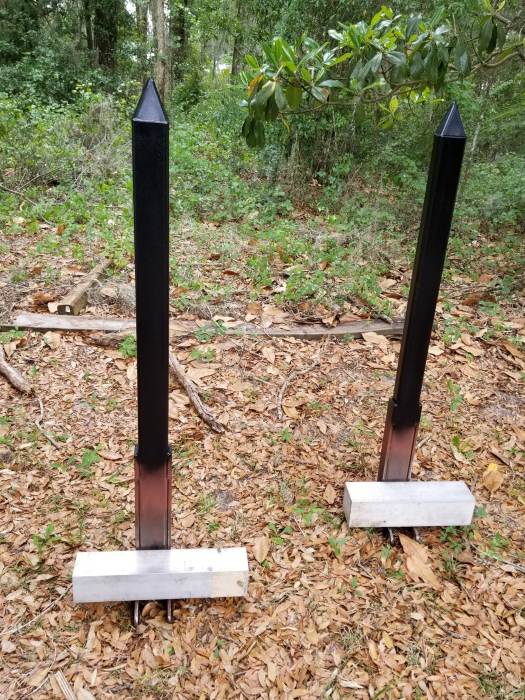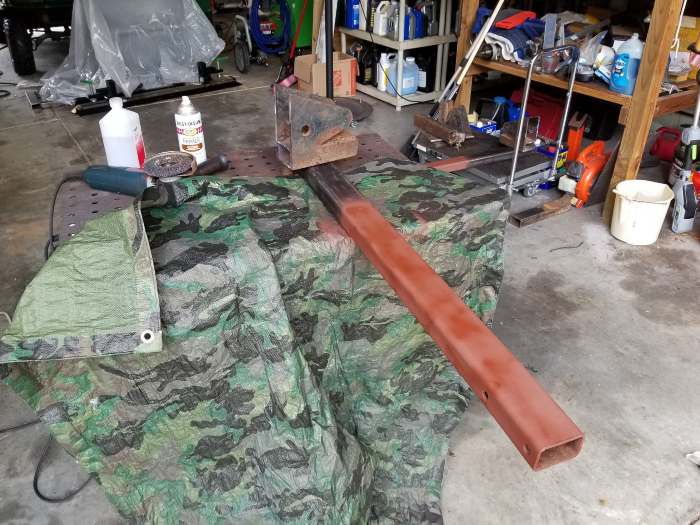One Leg at a Time
Thursday, June 22nd, 2023People are Disappointing
Today the Titan submarine disaster is on my mind. Apologies to anyone who gets upset when people call it a submarine. The definition of “submarine” is “a ship that can travel underwater,” so it fits.
Now someone will pipe up and say submarines are boats, not ships.
So this thing is somewhere in the ocean with 5 people aboard, and it has been sealed up for around 100 hours. If the press is correct, the oxygen ran out several hours ago, so, barring some kind of misreporting, everyone on the sub has been dead for some time. They may have died on Sunday, the day it was launched.
My understanding is that there are two likely ways to die in a sunken sub. Either it implodes instantly from water pressure, killing you so quickly you may not even feel anything, or you sit and run out of air, banging on the hull and hoping someone is trying to save you.
So what’s worse? Dying in a second or two with no chance of praying and saving your soul, or spending days in a cold, possibly pitch-black place, unable to stand, breathing recycled breath, struggling to find a solution, and realizing you are extremely unlikely to be saved?
Dying instantly is worse. There is no way around it. Eternity in hell can’t be compared to a few days of fear and physical discomfort.
This story is horrible. I can’t imagine what the families of the sub’s occupants are going through.
Of course, my wife and I have prayed for the people on the sub. That being said, there are some interesting things to learn here.
Human beings overestimate each other. For example, NATO overestimated Russia. We thought they had fantastic, state-of-the-art weapons, and we have learned that a lot of their stuff is primitive and ineffective. They don’t even have a way to keep drones off the Kremlin. How is that possible?
We thought they would blow through Ukraine like the US and England through Iraq. Not hardly.
A bunch of beer drunks walked right into the Capitol last year and raised Cain for a long time, and the government wasn’t able to prevent it or fix it after it happened. They had to wait till everyone calmed down. They didn’t even have cameras with facial recognition outside the building, like they do at certain Home Depot stores.
Similarly, we are learning that the people who ran, past tense, the company that owned the sub didn’t prepare very well, and neither did the many governments that have been called on for help.
There are reports saying the sub was controlled with a $29 Logitech video game controller. That is mind-blowing.
When lives depend on a product, it has to be very reliable. For example, I carry a Glock. These things have been frozen, dropped in mud, run over by trucks, dropped on concrete from considerable heights, and otherwise abused, and they still work. Guns are commonly subjected to lots of safety and reliability testing. You have to wonder if it can be true that Oceangate, the company that operated the sub, really believed it was a good idea to send people two miles down in the ocean, hoping a $29 plastic toy made in China would bring them back.
Ask yourself if you’ve ever had a battery-operated electronic toy fail for no apparent reason. Have you ever forgotten to change batteries? Have you ever spilled a drink and ruined electronic components? Have you ever had a problem with a cable or Bluetooth connection? Have you stepped on a smartphone? Has anything ever just plain crashed?
Here’s something else I read: the sub was supposedly considered crush-proof down to 13,500 feet. The tourist site it was headed for is located at 12,500. If this is true, it routinely operated at 92.6% of its maximum operating depth. That means it experienced 92.6% of the pressure it would be subject to at the very limit of its permissible range.
Can that be true?
When you want a rope to lift a ton every day, you don’t buy a rope guaranteed to lift 1.08 tons. The working strength of a rope will always be much lower than its breaking strength. The same principle applies to just about everything engineers make.
Web sources which may be totally wrong say military subs have “crush depths” set at 150% of their maximum operating depths. That sounds more like it.
Oceangate’s CEO, who is on the sub, supposedly said he didn’t want to hire fifty-year-old white guys with military experience to run it. He said it was very simple to run, and that he wanted young people who were inspiring.
Surely he was joking.
When we put rockets into space, guess who we hired? Old white guys with military experience. Granted, at the beginning, they weren’t all that old, but they weren’t spring chickens. They were also smart. They were engineers and so on. They had MENSA-level IQ’s.
They also knew how to handle themselves when things went wrong. We don’t have any records of them crying or wailing in despair in times of crisis.
Obviously, they didn’t have to be white or male, but you see what I’m saying.
My uncle was a NASA mechanical engineer in Huntsville. When I asked him why the Challenger shuttle went down, he said two words: “affirmative action.” He said they were no longer hiring the best. You can bicker about O-rings and weather, claiming better engineers wouldn’t have helped. Well, better engineers are better at predicting and preventing problems.
If I had to get on a sub 350 miles from shore and go see a pile of wreckage on the bottom of the ocean, you can bet I’d want the smartest, bravest, most highly trained guy available running it. You couldn’t get me on a thing like that without a pistol, but if I had to do it, I’d want Chuck Yeager, not Dylan Mulvaney.
People who know about the sub are talking, and some say they would never get on it. A guy who viewed the Titanic from a real sub made by the Russians said he wouldn’t do it. Obviously a brave guy, but he didn’t think Oceangate’s people knew what they were doing.
I saw a reporter reading the disclaimer Oceangate made tourists sign. It was incredible. I would paraphrase it like this: “This thing was built cheaply, by people who may have done a lot of things wrong, no one with proper qualifications has checked the entire sub out, and you are rolling the dice if you give us your money.” Who signs a thing like that?
They say the hull itself has been properly checked out, but you can sink and die in a sub with an intact hull.
The reaction of the world’s governments has been amazing.
Our government’s unmanned vehicles arrived this morning, 4 days after the sub went down, presumably hours or more after the occupants died. I realize it’s not easy moving stuff long distances over water, but these things were in the Northeast, not that far from the tourism site. People involved in this mess are citing the difficulty of coordinating efforts involving multiple countries and multiple organizations. So, bureaucracy. That’s the correct word.
The world’s governments are not competent to help people in lost subs. There’s the bottom line for you. The rest is just chatter.
They couldn’t even save our people in Benghazi.
We are told a billionaire and his son are in the sub. I have to ask: did they understand how badly prepared the company and the world’s governments were? Did they ask anybody?
If I had to do something like this, I would research as much as possible. I would want to know what kind of emergency plans had been made. I would demand that the sub’s owners contact the Coast Guard and Navy and gave them every detail of the mission.
Another question: why would you take your son down in a backyard submersible that had already had at least two failures, with no rescue plan and no credible hardware to fix things in a crisis?
It’s bad enough to go by yourself. Putting your child at risk is beyond explanation.
The facts surrounding this disaster will be clarified later. Maybe some of the criticism will turn out to be wrong. But if even some of it is right, the whole thing makes no sense. And it goes to show you how we overestimate human beings.
I hope to be surprised soon.
